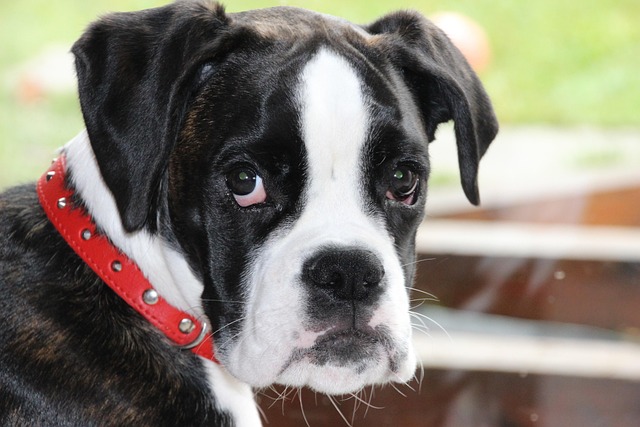
How can I tell if my dog's heatstroke is serious
Let’s be real: It’s a sticky August morning in Los Angeles, and you took your 2-year-old Golden Retriever, Max, for a walk a little later than usual
The sticky July heat hits as you watch your Golden Retriever, Buddy, panting heavily after a short walk around your Austin neighborhood. You wonder: Should I shave him down for summer? It’s a common dilemma for new dog owners facing rising temperatures. While the instinct might scream "Yes!", the science of canine thermoregulation tells a different story. Dogs primarily cool through panting and paw pads—not sweating like humans. Their coat acts as insulation, shielding them from both cold and excessive heat. Shaving double-coated breeds like Huskies or Labs can disrupt this natural thermostat, exposing skin to sunburn (hello, Arizona UV rays!) and even reducing airflow.
Instead, focus on strategic grooming. Brush 2-3 times weekly with an undercoat rake to remove dead "fluff" trapping heat. For water-loving pups, a trim around paw pads improves traction on slippery pool decks—common in Florida communities. Always leave at least 1 inch of fur; never shave to the skin. Use cooling mats indoors, especially in apartments where AC struggles during peak hours. Remember, asphalt burns paws in seconds: test surfaces with your palm before walks.

Now, the legal and cultural fine print. First, compliance: Most U.S. states mandate rabies vaccines (check your county’s renewal cycle!) and require waste cleanup—carry biodegradable bags always. Fines for un-scooped poop? Up to $250 in cities like Seattle. Second, positive reinforcement only: Yanking leashes or yelling when Buddy resists brushing violates modern welfare standards. Try smearing peanut butter on a lick mat during grooming sessions. Third, community harmony: In dog-friendly apartments, avoid hallway grooming mess—book mobile groomers or use balcony spaces. Respect quiet hours; post-lunch brushing prevents noise complaints in NYC high-rises.
If heat stress strikes (excessive drooling, rapid pulse), wet towels on armpits/groin offer quick relief before vet visits. For severe matting, consult certified groomers—never DIY with scissors. Ultimately, summer grooming isn’t about aesthetics; it’s welfare-first maintenance woven into responsible ownership.

Let’s be real: It’s a sticky August morning in Los Angeles, and you took your 2-year-old Golden Retriever, Max, for a walk a little later than usual

You're enjoying a summer afternoon at the park when you notice your dog has stopped panting and appears disoriented - their gums are bright red

Let’s paint the picture: You’re in your Denver apartment, watching your 4-year-old Boston Terrier, Ruby, plop down mid-play session with her favorite toy

Many dog owners notice their pets nails seem shorter after regular walks,but how much does this daily activity actually help?The answer depends on where you walk—concrete sidewalks or asphalt streets gently file nails as a dog's paws hit the ground

Most dog owners notice their pup scooting across the carpet at some point, but few connect it to impacted anal glands. These small sacs near a dog’s rectum secrete a scent for marking territory

Most vets agree that regular dog teeth cleaning is key to avoiding painful dental issues later. For healthy adult dogs, a professional cleaning at the vet’s office every 12 to 18 months usually works well.